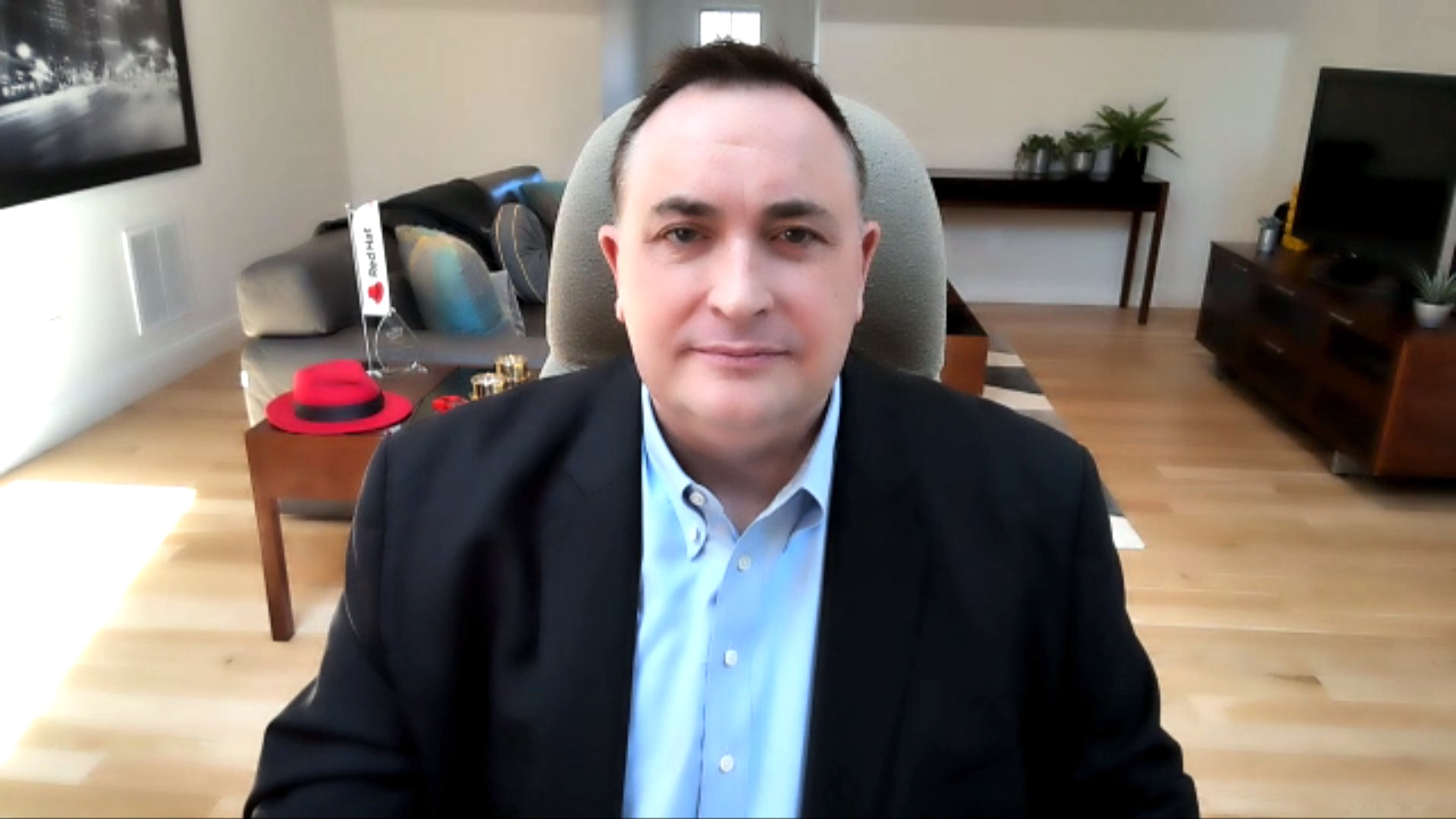 NEWS
NEWS
 NEWS
NEWS
 NEWS
NEWS
Most of us would admit that we’ve all enjoyed fast mobile connectivity speeds for a while now. When it gained popularity around 2012, 4G (or LTE as it is now often called) represented a drastic improvement over the existing 3G networks. It allowed for improved data bandwidths, giving users access to an improved variety of connectivity options: from video calls to video streaming and large data sharing.
With 5G, however, the focus on its larger-scale use cases seems to lie with industry — and for good reason. While 5G is slated to bring a similar upgrade over 4G as the latter did over 3G, the benefits, on a user-to-user scale, are mostly going to be marginal, according to Darrell Jordan-Smith (pictured), senior vice president of industries and global accounts at Red Hat Inc. For the technology to really achieve its full potential, it needs to find use in areas like internet of things, machine learning and other advanced data-intensive applications.
Jordan-Smith spoke with John Furrier, host of theCUBE, SiliconANGLE Media’s livestreaming studio, during the recent Red Hat Summit. They discussed the current state of 5G and its potential, as well as Red Hat’s value to enterprise use cases. (* Disclosure below.)
The killer application for 5G isn’t the user or the consumer the way the industry has traditionally been used to, according to Jordan-Smith. For example, someone can download a video more quickly, but they’re not going to pay a lot more money to do so.
“The real opportunity around 5G, is the industrial applications, things like the connected car … automotive driving, factory floor automation, how you actually interface digitally with your bank,” he stated. “How we’re doing all sorts of things more intelligently at the edge of the network, using artificial intelligence and machine learning. So all of those things are going to deliver a new experience for everyone that interacts with the network. And the telcos are at the heart of it.”
Jordan-Smith and Furrier discussed the target workloads that are to be realized via a combination of 5G technologies and edge computing — things like hood networking, data domain expertise, and AI/ML applications. Red Hat, of course, has products like OpenShift under its belt, and making them deliver on modern cloud native requirements is going to require infrastructure, the likes of which 5G can provide.
“We’re taking a lot of that knowledge that we’ve learned from OpenStack and we’re bringing that into the container-based world. So we’re looking at how we accelerate packets. We’re looking at how we build cloud native applications on bare metal in order to drive that level of performance. We’re looking at actually how we do the certification around these applications and services, because they may be sitting in different applets across the cloud,” Smith explained while talking about Red Hat’s ongoing projects in the 5G space.
With the landscape shifting constantly, there’s going to be a separation in the coming days, with the winners on one side and the losers on the other, he added.
“Telcos need to create a platform, a horizontal platform that attracts developers and ecosystems to them because innovation is going to sit elsewhere,” he concluded.
Watch the complete video interview below, and be sure to check out more of SiliconANGLE’s and theCUBE’s coverage of Red Hat Summit. (* Disclosure: TheCUBE is a paid media partner for Red Hat Summit. Neither Red Hat Inc., the sponsor for theCUBE’s event coverage, nor other sponsors have editorial control over content on theCUBE or SiliconANGLE.)
Support our mission to keep content open and free by engaging with theCUBE community. Join theCUBE’s Alumni Trust Network, where technology leaders connect, share intelligence and create opportunities.
Founded by tech visionaries John Furrier and Dave Vellante, SiliconANGLE Media has built a dynamic ecosystem of industry-leading digital media brands that reach 15+ million elite tech professionals. Our new proprietary theCUBE AI Video Cloud is breaking ground in audience interaction, leveraging theCUBEai.com neural network to help technology companies make data-driven decisions and stay at the forefront of industry conversations.